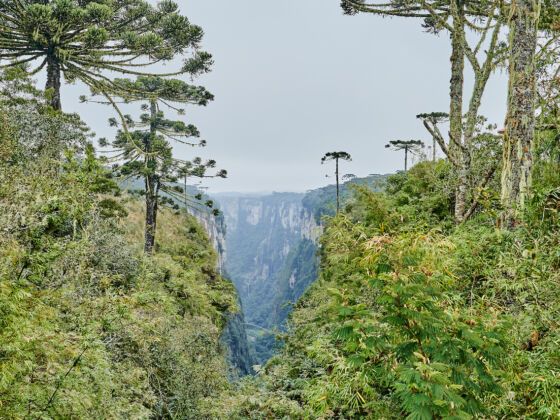AT LEAST 908 environmental activists have been killed in the last decade, according to the London-based NGO, Global Witness.
It’s the first such survey of its kind.
The death toll in the 35 countries analyzed is likely even higher since field investigations in some countries are difficult or impossible to perform.
“Many of those facing threats are ordinary people opposing land grabs, mining operations and the industrial timber trade, often forced from their homes and severely threatened by environmental devastation,” the report said.
GlobalPost takes a look at the six deadliest countries for environmentalists, according to fatalities reported between 2002 and 2013:
